8 Result-Driven Google Ads Strategies to Maximize ROI.

What are Google Ads Strategies?

These strategies are the type of strategies which help businesses to target the right audience using Search, Display, Shopping, Video, App, and Performance campaigns for better reach and conversions
Learn Google ads strategies as its a robust platform that provides businesses with the opportunity to engage with a massive audience through networks like Search, Display, YouTube, and other channels. It was formerly known as Google AdWords, which now has evolved into a very sophisticated tool that allows businesses and marketers to target with precision, analyze the performance of campaigns in real-time, and adjust the bids and budget accordingly so that a business can maximize and achieve the best return on investment (ROI). Implementing effective Google ads strategies is crucial, as running a successful Google Ads campaign requires a strategic approach, testing, and continuous optimization. Still, once you understand the game, it is a piece of cake.
Google Ads Strategies #1
Define a clear campaign objective.
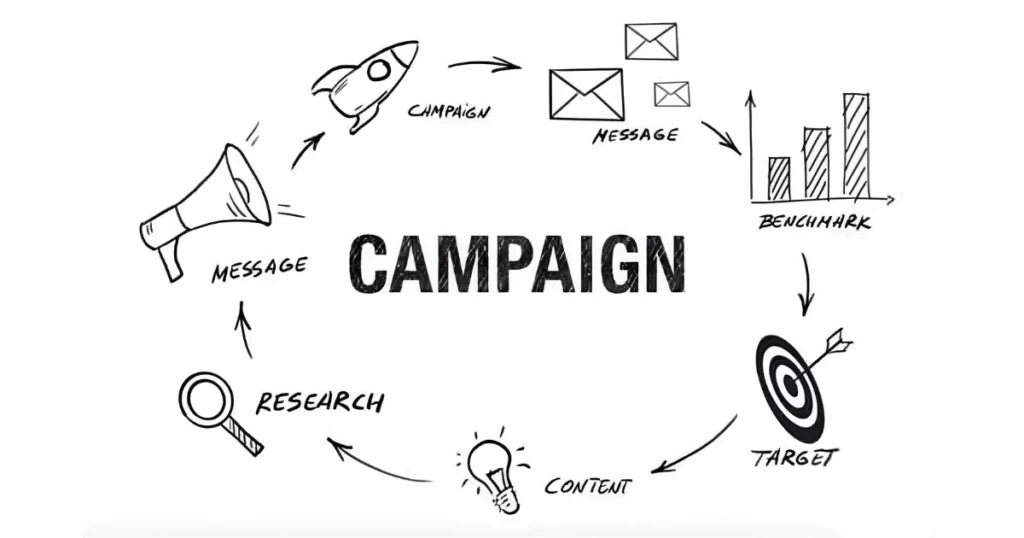
Before creating a Google ad campaign, it is very important to set a clear goal for the campaign. Incorporating effective Google ads strategies ensures that the chosen goals align with the type of ad campaign you are running. There are various goals that complement the specific type of ad campaign.
1. Leads – For generating or increasing more leads through the ads campaign.
2. To increase sales or grab new customers that may not know about your brand or product.
3. To increase the traffic on your website.
4. Product and Brand consideration.
5. Brand awareness and reach
6. App promotion
7. Local store visit or promotion.
Google Ads Strategies #2
Choose a campaign type.
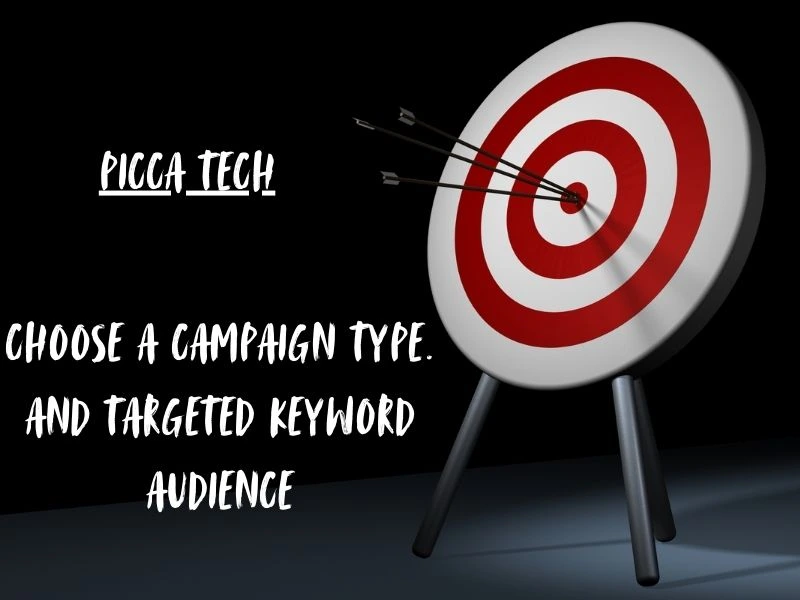
It means you have to choose which campaign you need to run initially it may be Search Campaigns, Display Campaigns, Shopping Campaigns, Video Campaigns, App Campaigns, Performance Max Campaigns, Local Campaigns
There are several campaign types that compliment different business goals –
1. Search campaign – these campaigns allow displaying text ads on Google’s search engine result pages when someone searches for keywords related to your brand or product. This type of campaign is favorable for brands or businesses looking to drive leads, increase website traffic, or convert.
2. Display campaign – Through this campaigns, a business can engage visually with an audience via banner ads on Google’s display network like websites, apps, and YouTube, etc. Works best for businesses who want to create awareness for their services or products or want to re-engage with their previous customers.
3. Shopping campaign – It allows a business to list individual or many products with their price, images, and brand names to increase sales or promote products on Google’s search engine result pages. This campaign suits E-commerce businesses.
4. Video campaign – these campaigns deliver video ads on Google’s display network, which is very suitable for brands or businesses who want to showcase their products features visually or want to create brand awareness with creative video ads.
5. App campaign – An app campaign promotes mobile apps across Google’s platforms, and suits best for driving app installs or in app actions.
6. The performance max campaign – The performance max campaign focuses on maximizing performance based on the goals you choose.
7. Local campaign – These ads are optimized for location based services using Google Maps and search. Designed to drive in store visits, calls, or local actions.
Google Ads Strategies #3
Optimize your keywords.
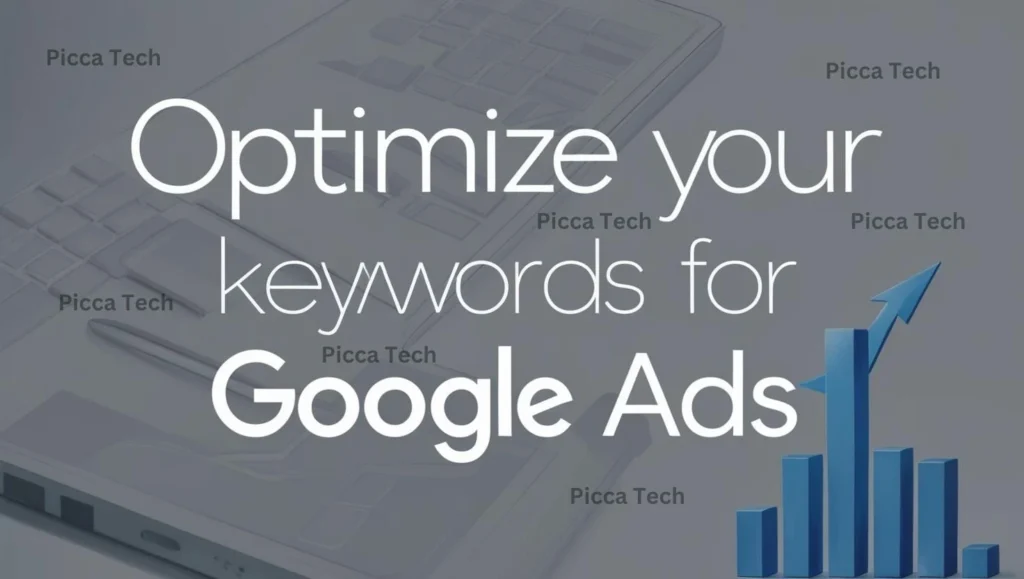
Optimize your Google Ads keywords by using relevant keywords, high-intent terms, negative keywords, and match types to boost visibility, clicks, and conversions.
1. Choose long tail keywords – Long tail keywords target specific search intent and have less competition.
2. Use tools to conduct keyword research – Use tools like Keyword planner, SEMrush and Ahrefs to find high-intent keywords according to your niche.
3. Keep an eye on your keywords and regularly update them and remove them if they are not working.
4. Use negative keywords, it prevents your ads from appearing in irrelevant searches and saves your budget.
5. Think like your customers, what phrases and keywords they are using to search for a product or service that resembles your business.
Google Ads Strategies #4
Make a compelling Ad copy
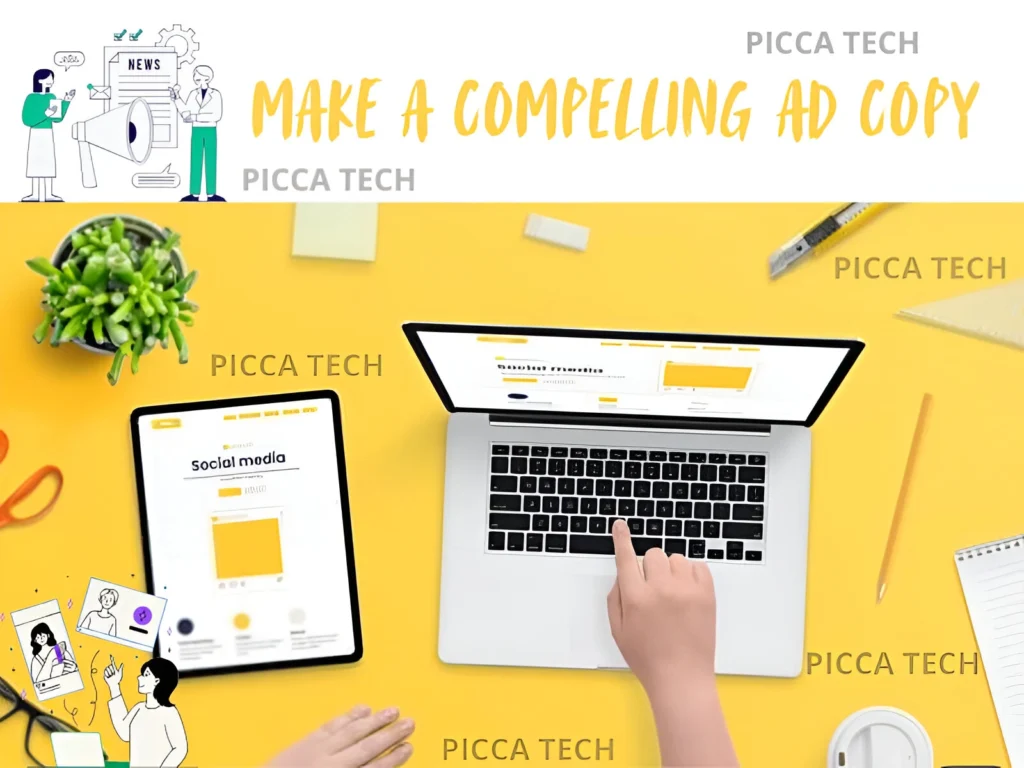
Create a compelling ad copy by using clear, engaging, and persuasive language that connects with your audience, drives action, and boosts conversions.
They say, ” do not judge a book by its cover. ” This phrase does not work in the case of your business and the advertising campaign you are running to maximize the ROI. When implementing Google ads strategies, the first thing that reaches your audience and introduces your product or business to them is advertising copy, and that should be attractive enough to grab the best result. . The ad should contain very clear and persuasive language for headlines and descriptions, mentions USPs (unique selling points) to stand out in competition and always use a strong CTA – call to action.
Google Ads Strategies #5
An Optimized Landing Page
If the landing page is optimized, the conversion rate improves significantly and also improves the quality score of ads. I know many business owner from every field wants to attract customers to their online or offline store for getting leads or sales by the customer so first look is very important and an optimezed landing page is one of important part of google ads strategies. Below are some key points to keep in mind while creating a landing page.
1. A clear purpose and massage.
2. Compelling headline and subhead line.
3. Strong CTA – call to action.
4. Clean design and relevant images.
5. Social proof and trust elements.
6. Mobile-friendly design.
7. Lead capture form.
8. SEO and related keywords.
Google Ads Strategies #6
Conversion tracking and analytics
Using conversion tracking and analytics is important in google ads strategies plan to measure the performance of your ad campaign. It allows you to track the valuable action of users after interacting with your ad, whether they are purchasing, submitting a form, or calling your business.
To create a successful plan, tracking and analyzing conversions:
- Measure Performance: Understand how your ads drive actions like purchases, form submissions, or calls.
- Track User Behavior: See what happens after someone clicks your ad—are they converting or just browsing?
- Optimize Campaigns: Use data to refine targeting, bidding, and ad creatives for better results.
- Improve ROI: Focus on high-performing ads and eliminate wasted ad spend.
By leveraging conversion tracking and analytics, you can tune fine your Google Ads strategies for maximum impact.
# use Google Analytics or Google Tag Manager to track the above actions taken by the users.
Google Ads Strategies #7
Plan your budget – Utilize the bid strategy.
You must select the right bid strategy in Google Ads to meet specific goals, whether it’s for increase traffic on the website, higher number of conversion, or achieving a specific return on advertising spend (ROAS). Incorporating effective Google ads strategies, below are some main Google Ads bid strategies and when to use them –
1. Maximize clicks : When an advertisement is driven to get traffic on websites, Google automatically sets your budget to get as many clicks as it can get in it.
2. Target Cost Per Acquisition : Google adjusts bids to get a conversion as per your CPA.
3. Return on ads spend : Google adjusts bids to get maximum conversion or specific return on ad spend.
4. Maximize conversion: Google adjusts bids accordingly to maximize conversion rates.
Google Ads Strategies #8
A/B Test regularly
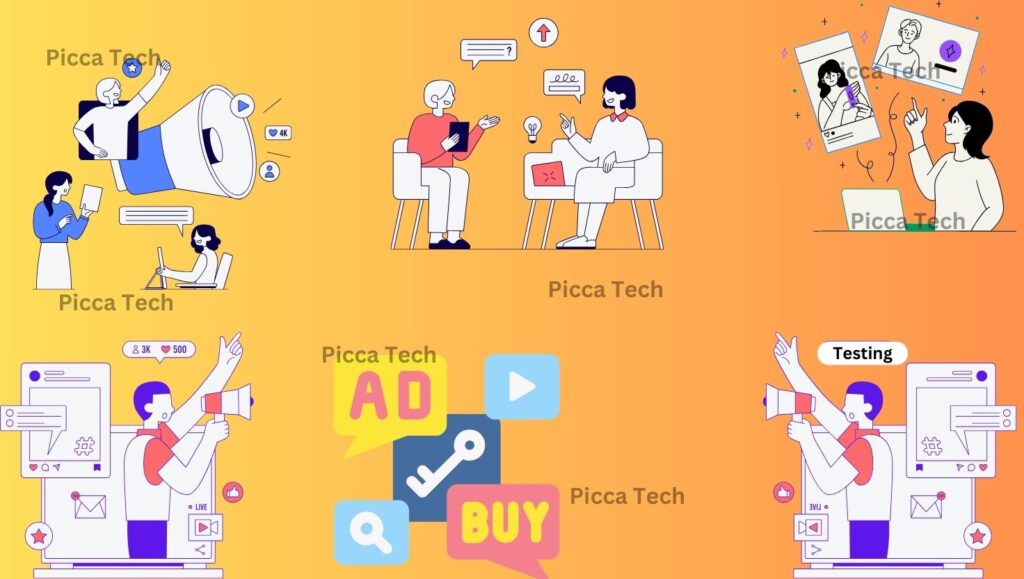
Regular A/B testing in Google Ads helps optimize performance by comparing ad variations, improving CTR, lowering costs, and maximizing conversions effectively.
A/B testing involves two versions of ad copy, landing page, or other campaign elements to compare and determine which one is performing better to get the best result.
. Firstly, identify what to test, Ad copy, landing page, keywords, or bidding strategy.
. Create copies based on hypothesis.
. Choose your testing method, Google’s draft and experiment feature lets you create different variations of ad copies and lets you test various campaigns.
. Analyze the result after the testing period is completed.
. Implement the winning variation after you analyze the A/B test.
# Tips for A/B testing one of the important part of google ads strategies
* Keep the test simple
* Avoid seasonal bias
* Monitor daily
CONCLUSION :-
To sum up, Google ads strategies play a crucial role in making Google Ads a robust platform that, when used with well-thought-out approaches, can produce impressive outcomes for businesses of any size. Starting with clear goal-setting and selecting the right campaign type, then refining keywords, designing persuasive ad copy, and creating effective landing pages, each component is essential for maximizing return on investment. Tracking conversions and using analytics help monitor success by assessing campaign performance, while A/B testing fine-tunes your approach to find what best engages your audience. With smart bid strategies and ongoing optimization, Google Ads can serve as a cornerstone of a thriving digital marketing strategy, fostering measurable growth and enhancing brand recognition.
FAQ :-
1. Is there a specific amount of budget to maximize ROI ?
Ans. No, it depends on the type of industry, goal, and competition.
2. How can we choose the right keywords?
Ans. Use long tail keywords, think like your customers, and use a keyword planner to plan the keyword strategy.
3. Suggest a way to lower CPC in google ads strategies.
Ans. Using negative keywords is one of the ways to lower the CPC.
4. What are the negative keywords?
Ans. Negative keywords prevent the ad from reaching relative keywords, which help to improve ad spend efficiency.
5. Is conversion tracking important?
Ans. Yes, it allows us to measure campaign performance and make data-driven decisions.
6. What is A/B testing?
Ans. A/B testing is comparing two ads variations for the same ad campaign.
7. How often an A/B test should be conducted?
Ans. The regular conduction of the A/B test is essential for optimizing performance.
8. My goal is to maximize traffic on my website. Which type of ad campaign is suitable for it?
Ans. A search campaign works best to generate traffic for a website.
9. How can I make compelling ad copy?
Ans. The compelling ad copy should consist of clear and persuasive language, USP, and a strong call to action.
10. Which tools can I use to plan keywords?
Ans. Use SEMrush, Ahrefs, etc. to plan keywords.

